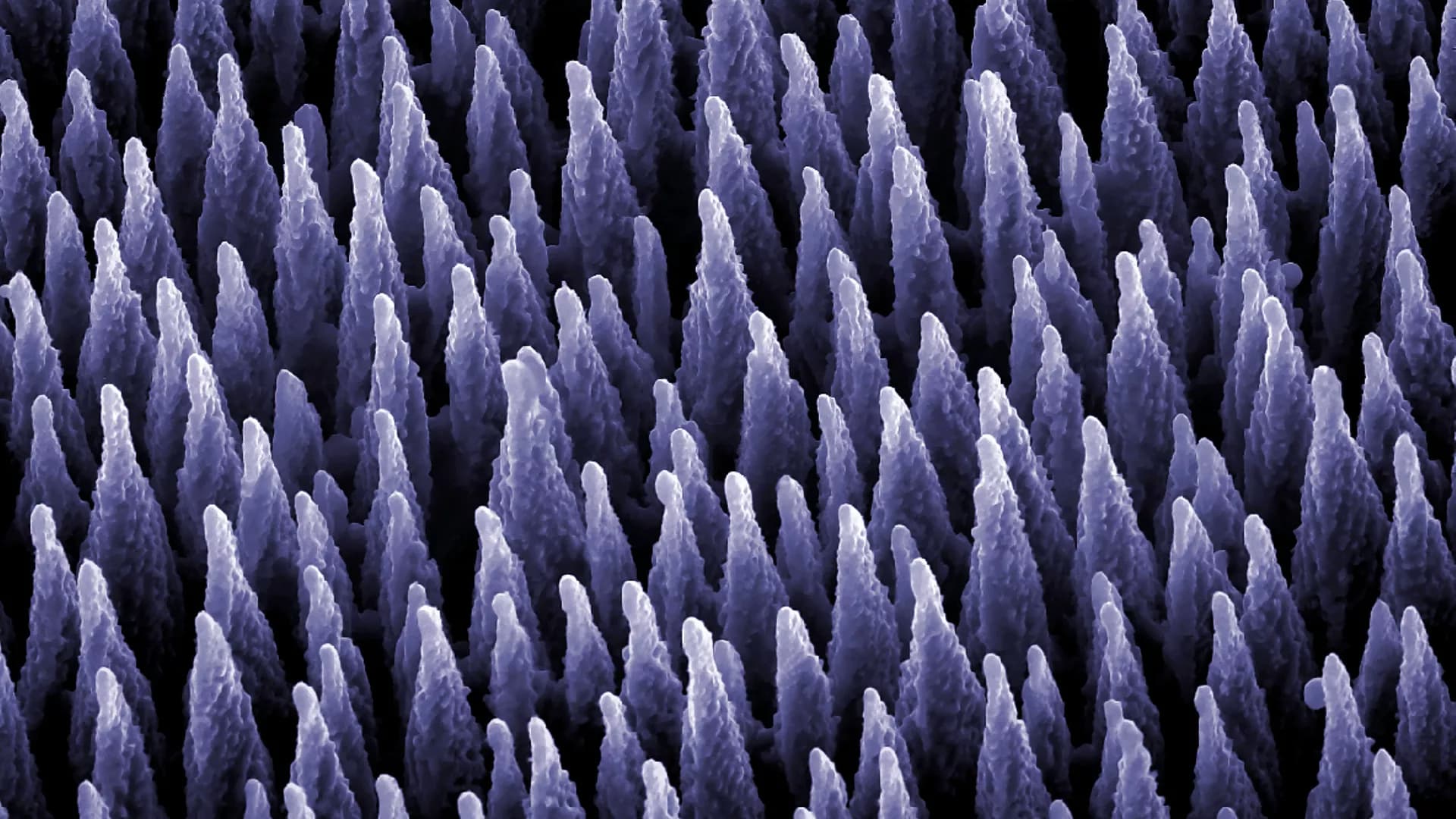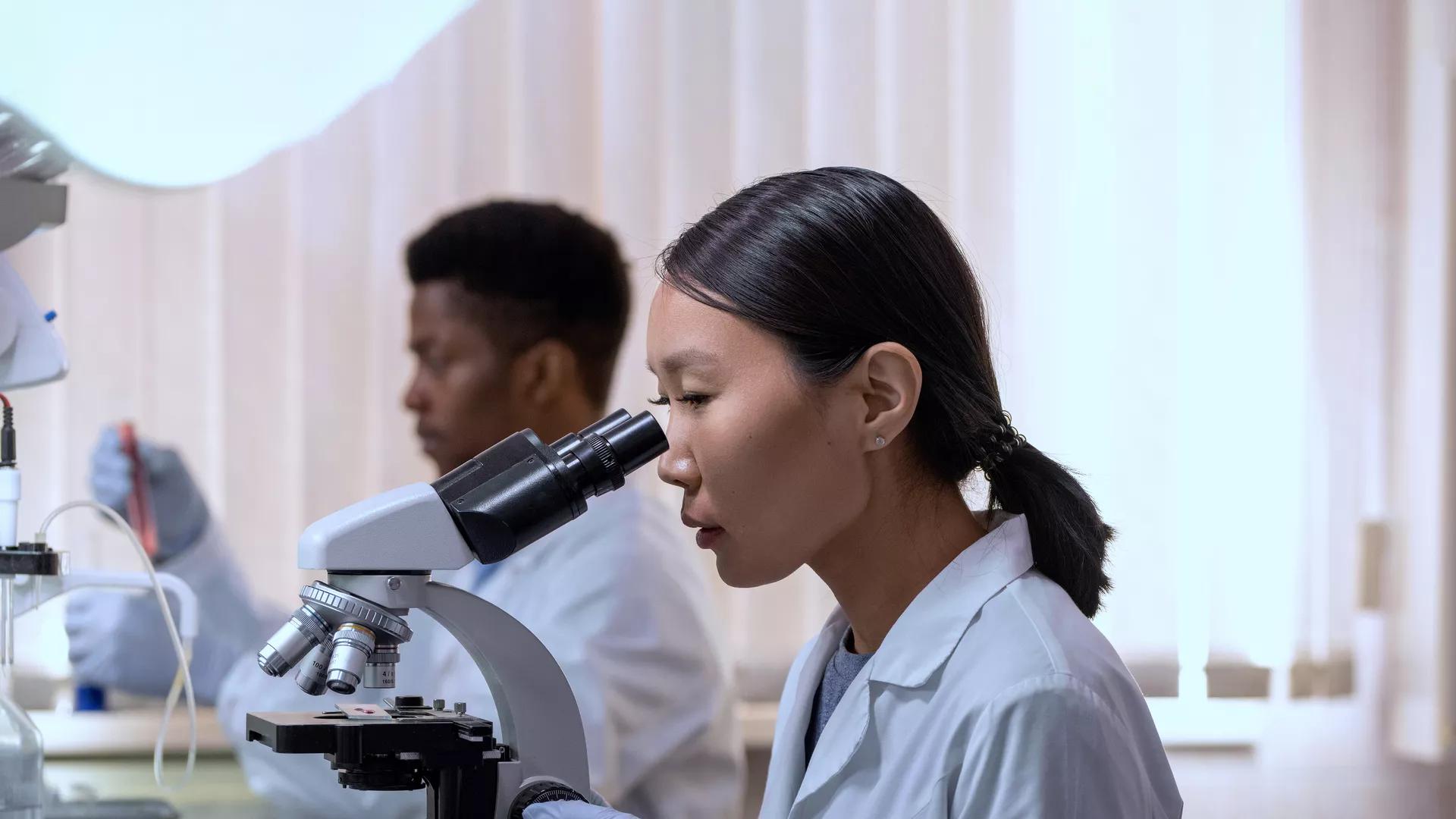With the development of nanotechnology, nanomaterials are widely applied in different areas. Some nanomaterials are designed to be biocompatible and can be used in the medical field, playing an important role in disease treatment. Exosomes are nanoscale vesicles with a diameter of 30–200 nm. Studies have shown that exosomes have the effect of angiogenesis, tissue (skin, tendon, cartilage, et al.) repair and reconstruction. Nano-hydrogels are hydrogels with a diameter of 200 nm or less and can be used as the carrier to transport the exosomes into the body. Some orthopedic diseases, such as bone defects and bone infections, are difficult to handle. The emergence of nano-hydrogels coated exosomes may provide a new idea to solve these problems, improving the prognosis of patients. This review summarizes the function of nano-hydrogels coated exosomes in bone tissue repair, intending to illustrate the potential use and application of nano-hydrogels coated exosomes in bone disease.
Despite all the efforts made in tissue engineering for tendon repair, the management of tendon injuries still poses a challenge, as current treatments are unable to restore the function of tendons following injuries. Hydrogels, due to their exceptional biocompatibility and plasticity, have been extensively applied and regarded as promising candidate biomaterials in tissue regeneration. Varieties of approaches have designed functionally-adapted hydrogels and combined hydrogels with other factors (e.g., bioactive molecules or drugs) or materials for the enhancement of tendon repair. This review first summarized the current state of knowledge on the mechanisms underlying the process of tendon healing. Afterward, we discussed novel strategies in fabricating hydrogels to overcome the issues frequently encountered during the applications in tendon repair, including poor mechanical properties and undesirable degradation. In addition, we comprehensively summarized the rational design of hydrogels for promoting stem-cell-based tendon tissue engineering via altering biophysical and biochemical factors. Finally, the role of macrophages in tendon repair and how they respond to immunomodulatory hydrogels were highlighted.
The poor solubility of numerous drugs pose a long-existing challenge to the researchers in the fields of pharmaceutics, bioengineering and biotechnology. Many “top-down” and “bottom-up” nano fabrication methods have been exploited to provide solutions for this issue. In this study, a combination strategy of top-down process (electrospinning) and bottom-up (self-emulsifying) was demonstrated to be useful for enhancing the dissolution of a typical poorly water-soluble anticancer model drug (paclitaxel, PTX). With polyvinylpyrrolidone (PVP K90) as the filament-forming matrix and drug carrier, polyoxyethylene castor oil (PCO) as emulsifier, and triglyceride (TG) as oil phase, Both a single-fluid blending process and a coaxial process were utilized to prepare medicated nanofibers. Scanning electron microscope and transmission electron microscope (TEM) results clearly demonstrated the morphology and inner structures of the nanofibers. The lipid nanoparticles of emulsions after self-emulsification were also assessed through TEM. The encapsulation efficiency (EE) and in vitro dissolution tests demonstrated that the cores-shell nanofibers could provide a better self-emulsifying process int terms of a higher EE and a better drug sustained release profile. Meanwhile, an increase of sheath fluid rate could benefit an even better results, suggesting a clear process-property-performance relationship. The protocols reported here pave anew way for effective oral delivery of poorly water-soluble drug.
Frontiers in Materials
Metallic Biomaterials for Medical Applications - Volume II





